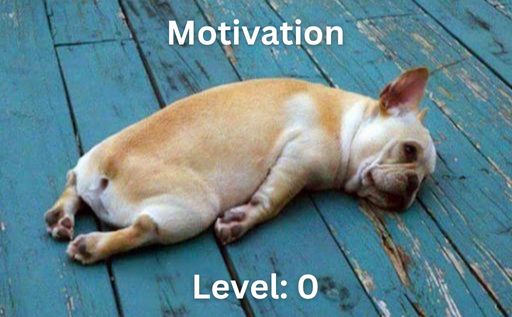In the startup ecosystem, time works against you. If you are new here, you probably will follow the mistakes I have already made, such as lack of focus, struggling with financial instability, and neglecting value. In today’s post, we will explore the 4th necessary problem that led us to failure:
Long Time⌛ – Less progress?
In that regard, numerous reasons can result in failure. In my situation, 4 primary mistakes contributed, as listed below:
- Lack of Motivation☹️
- Neglecting Competition?
- Running out of Resources?
- Not having a clear Roadmap?️
Congratulations! As this blog follows the brevity principle(quality of being brief), you are at the second level!?
Before delving into the specifics of those factors, let’s examine another crucial aspect: What is progress in a startup?
While there is no definitive answer, progress is often measured through tangible metrics such as MRR (Monthly Recurring Revenue), CAC (Customer Acquisition Cost), Burn Rate, the number of team members, and more. Other metrics of progress may include participation in business incubators/accelerators, raising funding, and developing new features. Therefore, all of these elements should be clearly noted in a roadmap, as we will discuss in the following paragraphs.
Lack of Motivation☹️
Remembering the first day of Startup…
All team is excited, you pitched your idea passionately, and boom, there are some people who trust you and want to build it together.
A month has passed. People contribute to projects, and everyone has their own tasks to work on. There is a level of progress, but some team members seem to become skeptical about are they really want to build a startup.
3 months passed. There is a half-made prototype, and the founders got more than enough advice from other mentors. The team is confused. Still need to achieve proof of concept. There are first subscribers and early adopters in Social media, but half of them are counted as vanity metrics.
6 months passed. The team built MVP(Minimum Viable Product). Founders are looking for investment. However, there are many questions in team members’ minds, so that does not seem possible to raise money in the short term.
1-year picture. Actually, most startups can not reach that point. Surprisingly, if they managed to survive, they are probably tired of bootstrapping(spending their own money). Some members have already left the team. There is no team spirit. Even the founders lost interest. So it is time to say goodbye.
So, you just read a very sad story. In reality, it should not be that way. Leaders have to keep themselves, and the team motivated. In most cases, it is not straightforward, but no one said it will be easy. Probably a good way to approach this is to find a balance of rational thinking and irrational positivity to achieve better results.

Wow, you are at the third level. Let’s play a game!? I bet you will not read till the end. Make me wrong, if you can?
Neglecting Competition?
That’s an illusion to have an opinion of owning a very unique product, and no one on the earth is attempting to build it. Actually, history shows such kind of idea is very risky. Even there is a concept of multiple discovery (also known as a simultaneous invention). As we see, gaining market share and scaling up rapidly provides a significant advantage in the competitive environment. If your startup falls behind and wastes time, it’s essential to keep in mind that someone else is likely working on the same product that you aim to achieve.
The idea is just 1%. 99% is work, work, and work!
Running out of Resources?
Startups are coming from scarcity in many terms.
What makes startups different from other traditional companies? My experience shows besides a scaleable business model, the answer is efficiency too.
Achieving maximum with the possible minimum.
When the project takes too long, logically, it negatively affects the resources. Startup founders should be extra careful, considering the risk level they carry. Besides monetary resources, team members’ energy is the most valuable driving force of startups.
Then what is a good attitude?
– Fail fast! Learn faster!
Thanks to novel technological advancements, especially in software startups, it is way much easier to test hypotheses, validate ideas and build MVPs with no code solutions. Additionally, most of them require a minimum level of investment, and some tools are even free. Maybe we can talk about those in the following posts.
Sticking to the original idea and pivoting too many times also affect resources and cause wasting time. Then the keyword here again is Balance, Balance, and Balance!
Not having a clear Roadmap?️
Planning is a key element in the fundament of a strong and nice-looking building. Without clear goals, the challenging road is even more extreme. A team without task allocation, time schedule, and requirements make targets impossible to reach. In the initial times, the founders do not want to be rude or just avoid giving someone a task, or in the opposite, they give team members heavy responsibilities that they can not carry.

Yes, you are right. The startup is full of uncertainties, and the functionalities plus timing are probably going to change. Then what to do?
Focusing on short-term goals rather than big features and launches. That is the lesson I learned.
Small achievements will bring greater progress over time. Additionally, it will keep the team motivated. The old rule:
Divide and conquer!
In this weekly post, we discussed the Time VS Progress problem in startuppers’ lives.
Thanks for being here! If you are reading this, I wish you a great day!?
Congratulations! You nailed it! I hope you find it useful?
